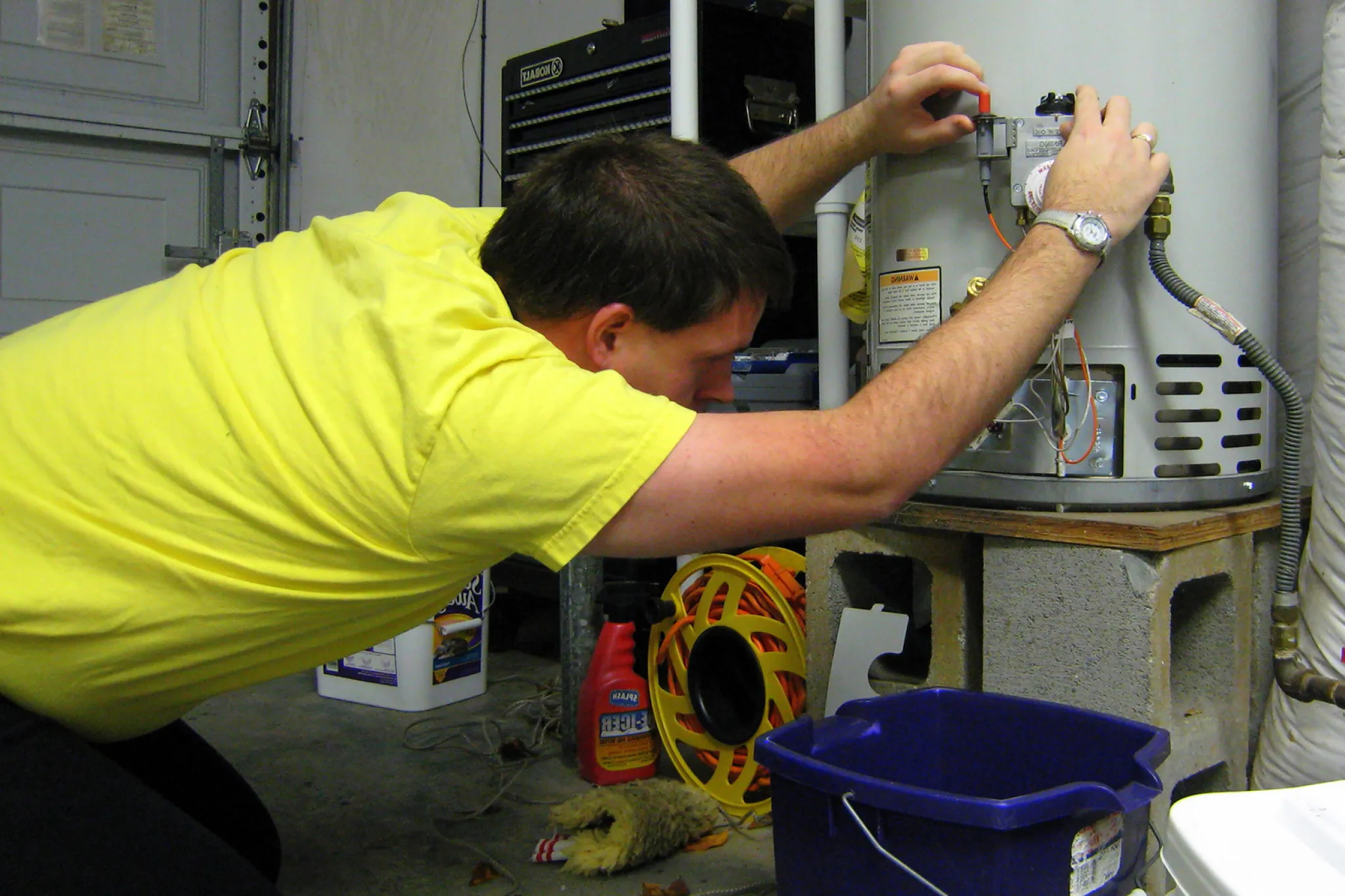Expert Guidance for Maintaining Your Home's Hot Water System
Expert Guidance for Maintaining Your Home's Hot Water System
Blog Article
Do you find yourself trying to locate ideas around How to Maintain a Hot Water Heater in a Few Simple Steps?

Warm water is vital for daily comfort, whether it's for a rejuvenating shower or washing meals. To guarantee your hot water system runs effectively and lasts longer, regular maintenance is essential. This post offers practical suggestions and insights on just how to keep your home's warm water system to avoid interruptions and pricey repair services.
Intro
Maintaining your home's hot water system may appear daunting, however with a couple of easy actions, you can guarantee it runs smoothly for years to find. This guide covers whatever from recognizing your warm water system to do it yourself maintenance suggestions and understanding when to employ specialist help.
Importance of Maintaining Your Hot Water System
Routine upkeep not just expands the life-span of your warm water system yet also ensures it operates effectively. Ignoring upkeep can bring about lowered performance, greater power costs, and also early failing of the system.
Indicators Your Warm Water System Demands Upkeep
Recognizing when your warm water system requires focus can protect against major concerns. Keep an eye out for indicators such as irregular water temperature, weird sounds from the heating system, or corroded water.
Recognizing Your Warm Water System
Prior to diving into maintenance tasks, it's helpful to recognize the fundamental elements of your hot water system. Usually, this consists of the hot water heater itself, pipes, anode poles, and temperature level controls.
Month-to-month Maintenance Tasks
Regular month-to-month checks can help catch minor concerns prior to they escalate.
Purging the Water Heater
Flushing your hot water heater eliminates debris build-up, enhancing efficiency and prolonging its life.
Monitoring and Changing Anode Rods
Anode rods protect against corrosion inside the tank. Inspecting and changing them when worn is important.
Examining and Adjusting Temperature Level Settings
Readjusting the temperature setups makes certain ideal performance and safety.
Do It Yourself Tips for Upkeep
You can do a number of upkeep jobs yourself to keep your hot water system in top condition.
Checking for Leaks
On a regular basis check pipes and connections for leaks, as these can lead to water damages and greater bills.
Evaluating Pressure Relief Valves
Examining the stress safety valve guarantees it functions appropriately and stops excessive stress accumulation.
Insulating Pipelines
Insulating hot water pipes reduces heat loss and can save power.
When to Call a Professional
While DIY maintenance is valuable, some concerns need specialist experience.
Facility Problems Requiring Specialist Help
Examples consist of major leaks, electric issues, or if your water heater is consistently underperforming.
Routine Professional Maintenance Perks
Specialist upkeep can consist of comprehensive inspections, tune-ups, and making certain compliance with safety and security requirements.
Verdict
Normal maintenance of your home's hot water system is necessary for efficiency, durability, and price financial savings. By following these ideas and recognizing when to seek expert aid, you can guarantee a reliable supply of hot water without unanticipated disruptions.
How to Maintain an Instant Hot Water Heater
Before tinkering with your hot water heater, make sure that it’s not powered on. You also have to turn off the main circuit breaker and shut off the main gas line to prevent accidents. Also turn off the water valves connected to your unit to prevent water from flowing into and out of the appliance. 2. When you’re done, you have to detach the purge valves’ caps. These look like the letter “T†and are situated on either side of the water valves. Doing so will release any pressure that has accumulated inside the valves while at the same time avoid hot water from shooting out and burning your skin. 3. When the purge valves’ caps are removed, you have to connect your hosing lines to the valves. Your unit should have come with three hoses but if it didn’t, you can purchase these things from any hardware or home repair shops. You can also get them from retail stores that sell water heating systems. Read the user’s manual and follow it to complete this task properly. When the hosing lines are connected, open the purge port’s valves. 4. You should never use harsh chemical cleaners or solutions when cleaning your unit. Make use of white vinegar instead. It should be undiluted and you’ll probably use about 2 gallons. 5. Now flush your water heater. This task should probably take about 40 minutes. We can’t give you specific directions for this because the procedure is carried out depending on the type, model and brand of your heater. With that being said, refer to the user’s manual. 6. When you’re done draining the unit, you have to turn off the purge port valves again. Remove the hosing lines that you earlier installed on each of the water valves. Put the valve caps (purge port) back in their respective places and be very careful so as not to damage the rubber discs that are found inside these caps. 7. Now that everything’s back in place, check your user’s manual again to find out how to reactivate your water heating system. 8. Once it is working, turn one of your hot water faucets on just to let air pass through the heater’s water supply pipes. Leave the tap on until water flows smoothly out of it. https://www.orrplumbing.com/blog/2014/september/how-to-maintain-an-instant-hot-water-heater/

As an enthusiastic reader on Water Heater Maintenance Tips You Can't Afford to Forget, I was thinking sharing that article post was beneficial. Are you aware of someone else who is interested by the subject? Do not hesitate to promote it. I value your readership.
Schedule Your Job Now Report this page